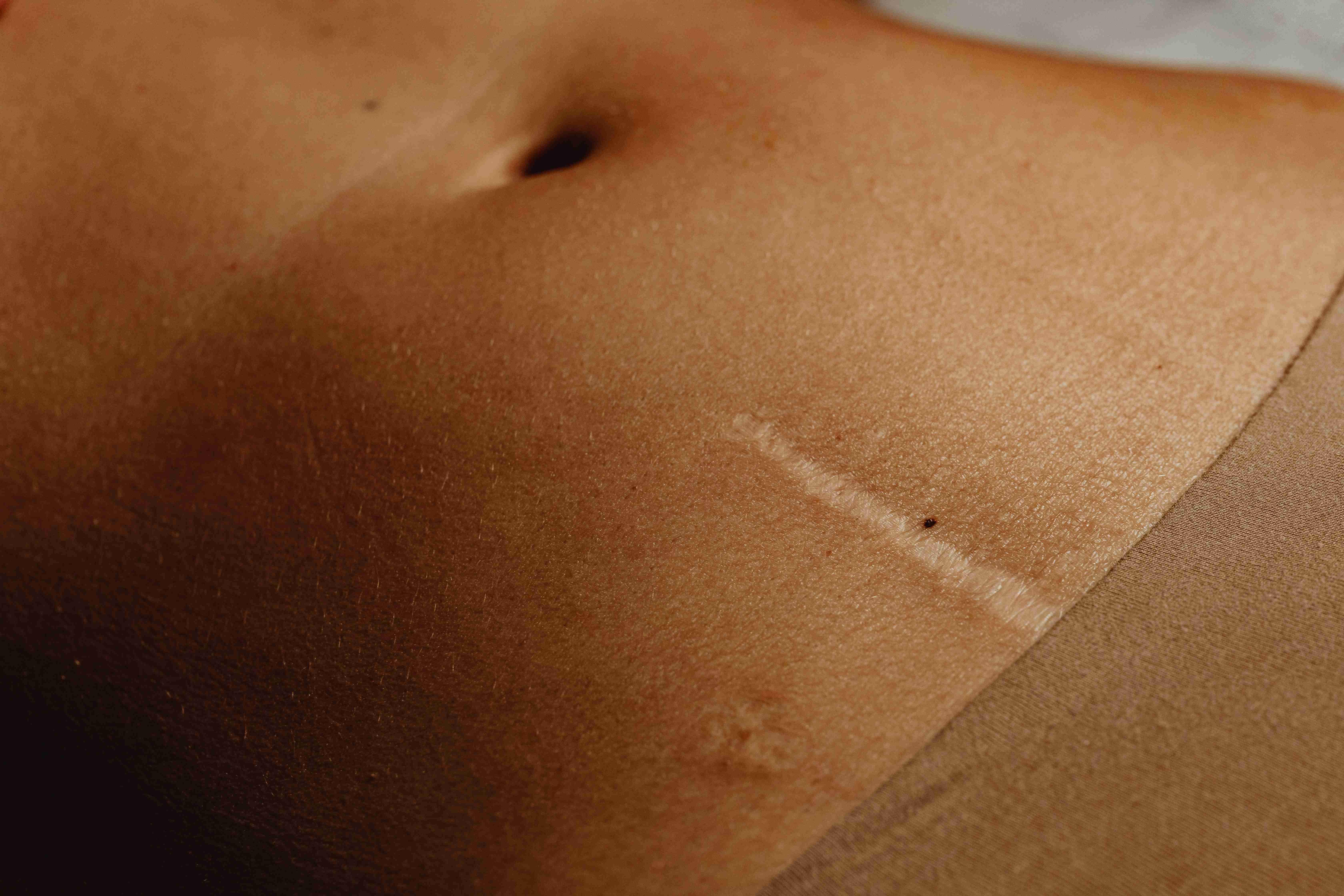Scar Tissue Secrets
Feb 18, 2025 | Kara Bristol


Scar tissue: You may have heard about it occasionally. We all have had it, but it is something that I feel like isn't talked about enough. It is essential to healing, and ignoring it may be hindering your recovery.
What is scar tissue? Why does it exist?
When I was in school, one of the most fascinating facts I learned is that the only tissue in the body that heals 100% is bone. Meaning, if someone breaks a bone, as long as it is set right to heal, many years later he or she may have an x-ray done and there would be no indication that there was ever an injury. Although another tissue in the body may seem back to 100%, it is not. It may be 99% healed, but there will always be remaining scar tissue in which the strength is not as good as the original tissue (yes, even something as tiny as a paper cut). However, that is not to say that you are not healed well enough to function.
Scar tissue is something I often think of with my patients from the get-go. As I stated before, it is often overlooked and not thought of as an issue. What is scar tissue? It is a fibrous, soft tissue that the body lays down in an area where there is a wound or injury. When healing, the body tries to patch up any injury as quickly as possible. Therefore, scar tissue is laid down any which way to patch the problem up. If ignored, it stays like this and can be limiting in the healing process. However, all is not lost; scar tissue can be mobilized to assist with optimal recovery. In other posts, I mention the body is an amazing thing that can adapt to loads that you place on it. What we need to do with scar tissue is reorganize it.
Unwinding the Web
Let's think about the icebreaker, The Human Knot. Everyone stands in a circle and reaches their arms across the circle to hold hands with two different people. At the start of this problem-solving teamwork icebreaker, the arms in the center of a circle looks somewhat like a spiderweb. The goal of this exercise is to work together to untangle the web by working as a team without letting go of either of the other people's hands you're holding onto. The game is complete when everyone is untangled.
This is what we have to do with scar tissue. When scar tissue is first laid down by the body, it is much like the spiderweb at the beginning of the game. You try to pull in one direction, but the movement goes nowhere because the force of the pull is dispersed in every direction. Scar tissue can also stick to other soft tissues such as fascia, which is a connective tissue that separates muscles from each other as well as from ligaments. If all of the soft tissue is stuck together in a way that prevents muscles and other soft tissues in the area from moving the way they need to, function can be limited. The goal of scar mobilization is to break up the fibers and reorganize them in the direction of the pull of the soft tissue.
Keeping the analogy of childhood games, we want muscles and soft tissue to glide in the body like you're playing tug-of-war. We want the scar tissue to be organized so that it is pulling back and forth in the one direction that the muscles usually pull. This way, the scar tissue assists with the functioning of the muscle instead of creating a road block. For optimal muscle functioning, you need both length and strength. If a muscle is too short, there is nowhere left for it to contract. If it is too loose/spread out, the muscle fibers cannot generate a strong enough contraction because they are too far away. Ensuring that scar tissue is reorganized in the correct direction, allows the muscle to have the length and strength it needs for an effective contraction.
Better Late than Never
It is important to note that it is never too late to begin. As stated before, your body adapts to the loads you place on it. I've worked with and spoken to several women who have had C-sections when delivering their children. Nobody told them to mobilize their scar. However, as stated before, this soft tissue can begin to stick to other soft tissues and prevent optimal functioning. For example, this may cause limited mobility of other pelvic floor muscles or may attach to nerves. If this is the case, these muscles may not function properly and can cause issues such as incontinence. I've worked with someone who was two years postpartum and educated her to try some scar mobilization to help with her incontinence. A few weeks later with persistent scar mobilization, she reported that her symptoms decreased.
Surgical Considerations
Sometimes soon after surgery, a scar may be very sensitive as it is healing. Something that may help is what is called scar desensitization. What you may want to do is take various fabrics and lightly rub them over the scar. This will help the mind-body connection into recognizing different sensations so it doesn't overreact. Neurons that fire together wire together. If there is a constant stimulus applied to a tissue, the body will begin to recognize it and not have such a large reaction to the stimulus. It is much like wearing a ring every day. Eventually, you forget it is even there because it has just been a constant and your brain becomes accustomed to the sensation.
However, it is not recommended to begin scar mobilization right away after surgery. You want to make sure that the scar/wound is fully healed prior to mobilization as you do not want to open the wound and cause a potential infection.
